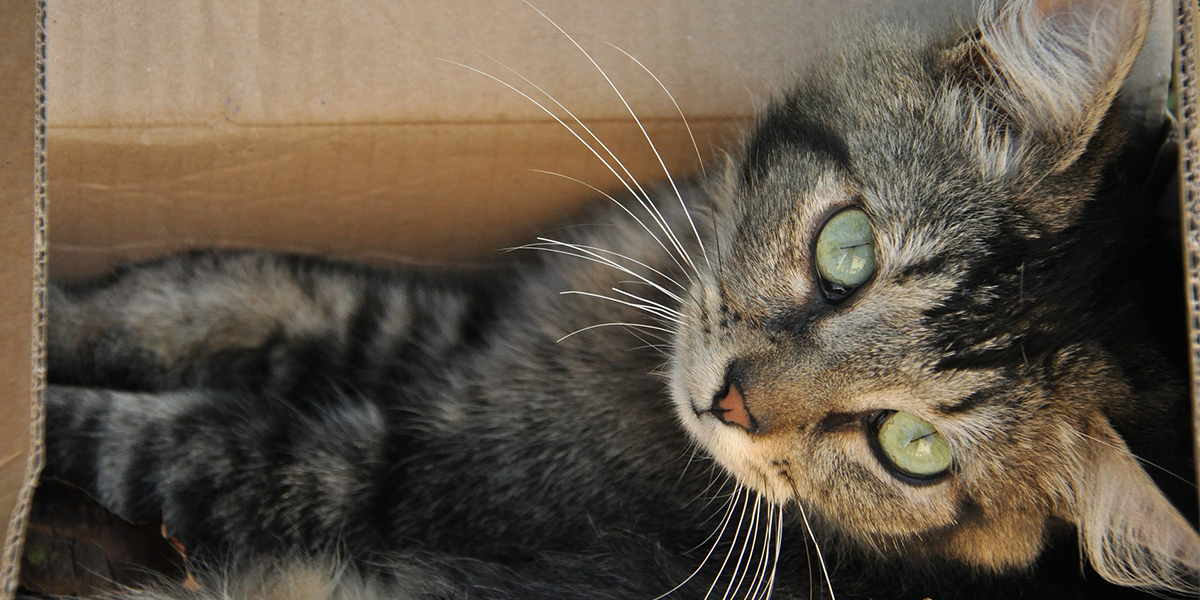pica in cats and dogs
Pica in dogs varies slightly from that of cats. There is actually a fairly common psychological disorder called pica which drives cats and dogs to compulsively eat things other than food.
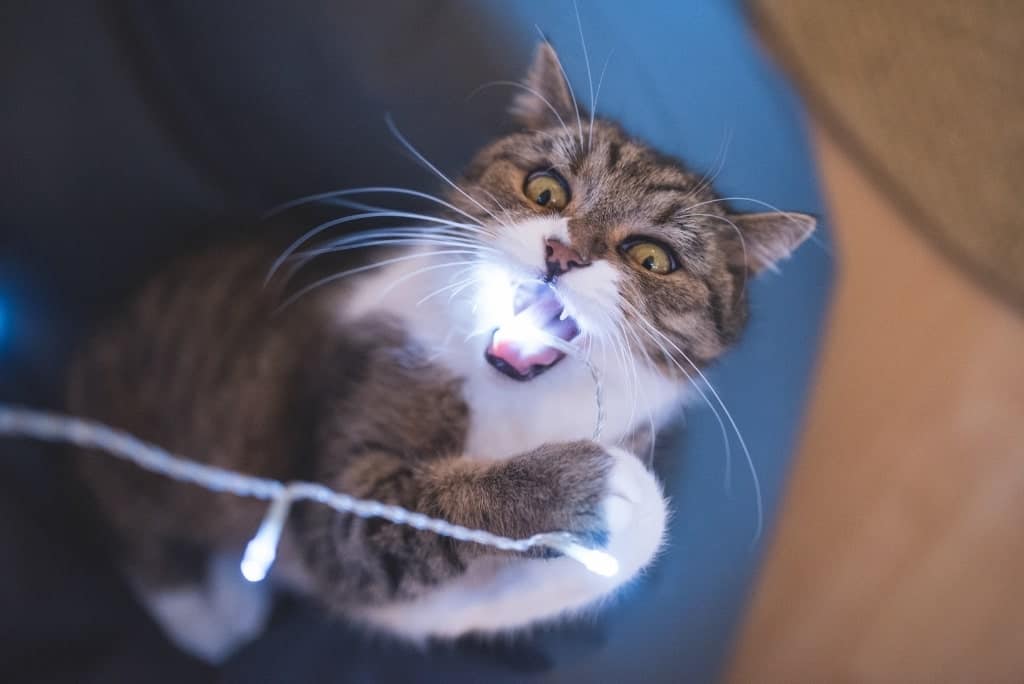
Does Your Cat Eat Plastic Guide To Pica In Cats Fluffy Kitty
Though it can be caused by certain medical conditions or nutritional deficiencies.

. Pica in dogs is different from coprophagia. Pica is one of the most common problems in dogs and it usually has nothing to do with how much your dog loves their food. As such ingestion can be dangerous so determining the cause and curbing the behavior is essential.
Pica in dogs is a real concern when you have a dog who compulsively obsessively eats non-food items. The ingestion of non-food items such as rocks dirt or fabric is called pica disorder and its a fairly common occurrence in pets. Ingestion of a foreign object can lead to gastrointestinal GI irritation with symptoms such as.
Additionally pica can involve the consumption of many different non-food objects including rocks dirt clothing feces wood and soap. While many of our dogs and. This could suggest that either a familiar dog or dogs within a household have a protective effect on the expression of pica for example due to increased opportunity to show social behaviour andor few periods of time without company or factors within the environment prevent the cats from displaying pica or pica being observed by owners for example.
Cats are more likely to consume kitty litter string dental floss and clothing. Other inedible objects such as clothing and plastic can block the intestine and prevent food from passing. However if cats suffer a traumatic event or high levels.
Both pups and adult dogs are equally vulnerable to this disorder with no particular breed being more susceptible to it than others. This problem called pica is defined as the persistent chewing and consumption of non-nutritional substances that provide no physical benefit to the animal. Pica is not your fault.
Fecal eating is common in puppies. Medical causes of pica can include. Pica is a human and animal disorder characterized by eating things that are typically considered as non-food or do not have any nutritive value.
Dogs may also eat soil excessively. This is not a. The urge to eat nonfood items -- called pica -- can be pretty common in cats.
Unusual Eating Habits in Dogs and Cats Some animals have developed unusual eating habits such as rocks wood plastic strings rubber bands and more. Many cats will suckle as a kitten but most grow out of it by 6 months of age. Pica in some form or another often starts in kittenhood but most cats grow out of it after 6 months.
Dietary and nutritional deficiencies Diabetes Parasitic infection Anemia Hyperthyroidism Inflammatory Bowel Disease and other gastrointestinal disorders Dental Disease Neurological Disease Teething in puppies Endocrine disorders such as Cushings Disease Brain. Dont take pica lightly. Theres actually a specific name for this behavior.
The whats whens and whys of pica in dogs can vary widely. Pica doesnt include the ingestion of trash or feces since the consumption of such things is often driven by different motivations. Pica in cats is the act of eating objects that are not food.
Pica can cause owner emotional distress expensive vet surgery and even cause pet relinquishment. Absorption of inedible material requires veterinary intervention together with behavioural therapy. Again its important to make a distinction between suckling and chewing as compared to actually eating.
That habit also may appear in cats that were weaned too early. These items may either get tangled in the sensitive intestine or. There are several possible reasons for this.
Pica is a term used to describe the consumption of non-edible materials. Pet parents should work closely with the family veterinarian and board-certified veterinary behavior specialists to. The dogs like to see them only as food items and will eat the same item time and again.
One of the most common forms of pica is eating grass. If the kittens leave their mothers before 12 weeks they may develop a habit of sucking on things then chewing and finally eating. Pica in people as well as in dogs and cats refers to eating things that are nonfood items.
Pets with pica are known to ingest things like wool plastic rubber wood non-digestible plant material and even their own feces. They may also consume plastic items cigarettes wooden objects paper toilet tissue clay and soap. The take-away message about pica in dogs and cats Pica is the inappropriate consumption of items without nutritional value.
Pica symptoms in dogs. For cats who were 18 months old. Our natural canine behaviour expert explains why dogs will eat non-food items and what you can do to help them kick the habit.
Oriental cats are predisposed to that he says. Although pica may be a lifelong disorder it can be managed or resolved with appropriate chews along with environmental and diet modification. Many cats will nurse on wool says Arnold Plotnick DVM a veterinary internist and feline specialist in New York.
The same can be. This may go beyond Fidos natural need to chew. Eating non-food items can be very dangerous to a cat as chewing on electrical cords can cause a feline to be electrocuted and plant consumption can be toxic.
Eating inedible items can cause serious harm. It is most frequently seen in certain breeds such as Siamese Burmese Tonkinese and other Oriental types leading to the suggestion that there may be a genetic component with the trait passing down particular family lines. In some cases an animal may eat inedible objects if it is starving.
The Pica Problem. However theres a number of secondary symptoms that may be caused by the disorder which can vary depending on the item consumed. Among dogs this is often a compulsive behavioral issue seen more commonly in females than in males.
With coprophagia most dogs find the fecal matter intriguing and actually love the flavor. The problem with pica is that the items consumed can cause serious blockage in the digestive tract. There are many different reasons why pets eat non-food items.
Pica in cats may involve kitties sucking wool stuffed animals or fleece as well as other non-food materials including litter soil yarn strings paper including toilet paper wood dirt cardboard blankets socks jackets plastic shoelaces. Pica in Cats. The classic sign of pica in dogs is eating non-food objects.
309 of owners reported pica One potential reason that young cats start eating non-food materials is that they were weaned too early. For dogs with pica common non nutritive objects eaten are stones. With pica a pet eats inedible objects such as toys rocks grass and sticks.
A local vet offers some information on it below Grass. While this condition can occur in both dogs and cats it is more commonly seen in dogs. Its usually a behavioral thing.
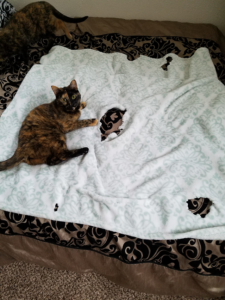
What Is Pica Syndrome In Cats Petcetera Animal Clinic

Feline Pica What You Need To Know Gallant

Pica The Bizarre Eating Disorder In Dogs And Cats Good Pet Parent
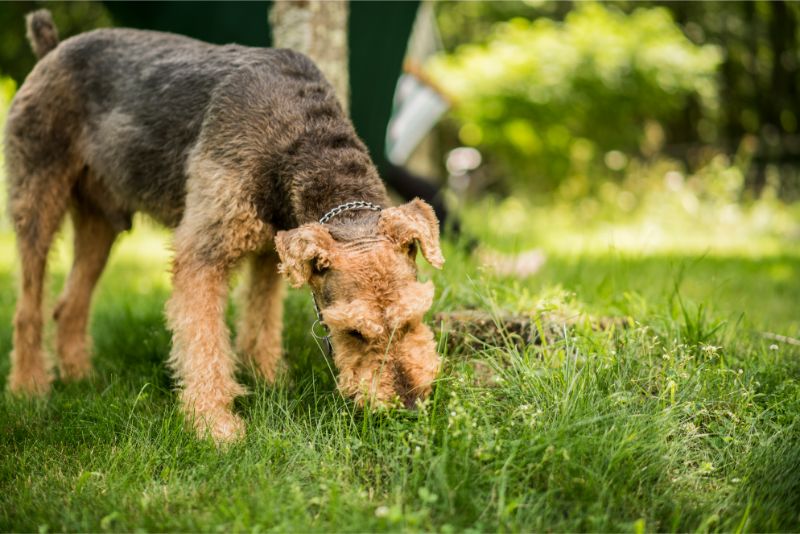
Things Dogs Eat The Problem With Pica In Pets Cleveland Oh West Park Animal Hospital

Does Your Cat Eat Plastic Guide To Pica In Cats Fluffy Kitty

Pica In Cats Causes And How To Stop It Pet Care Advisors

Cats Eating Dirt Signs Of Pica In Cats
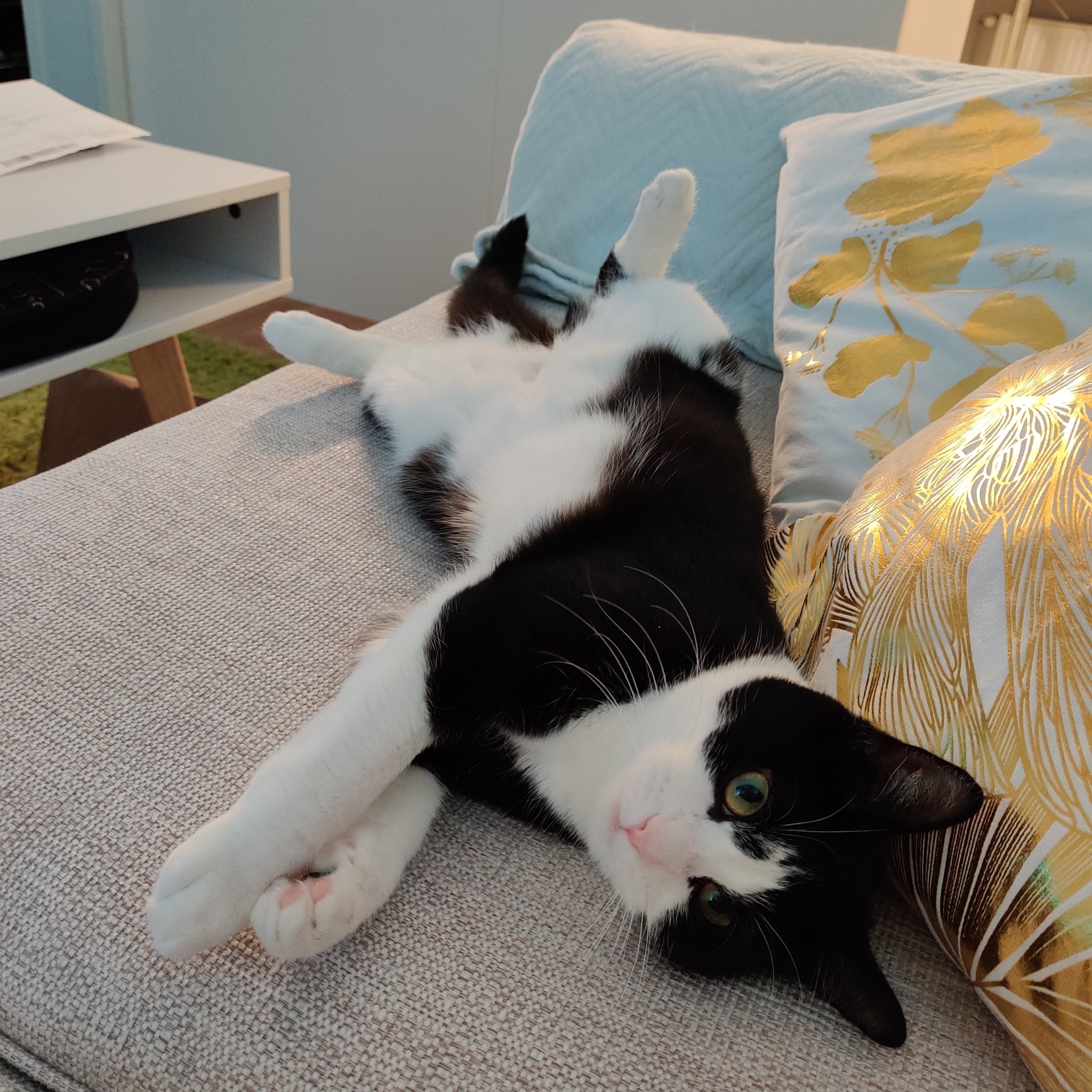
Eating Things That Are Not Edible Pica In Cats Firstvet

Pica In Cats Why Your Cat Eats Plastic And What You Can Do About It Daily Paws

Pica In Cats What It Is Common Causes Tips For Treating It The Honest Kitchen Blog

Cat Pica Best Friends Animal Society
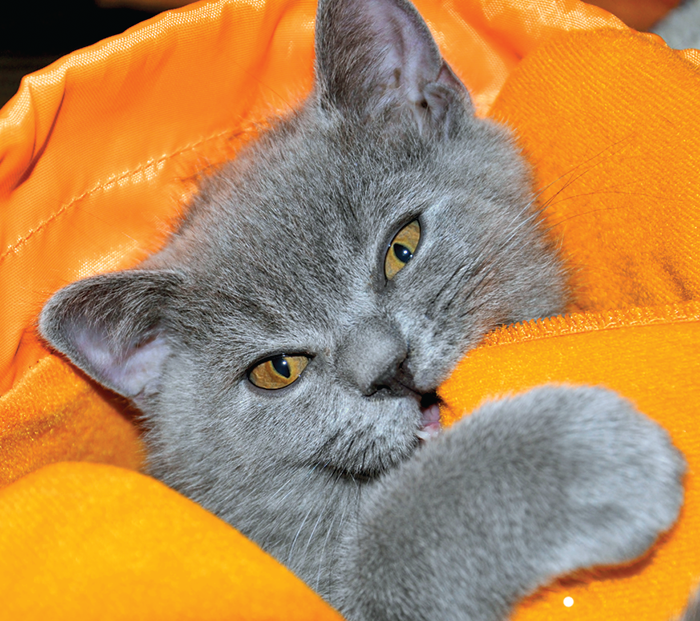
The Problem With Pica Catwatch Newsletter

Pica The Bizarre Eating Disorder In Dogs And Cats Good Pet Parent
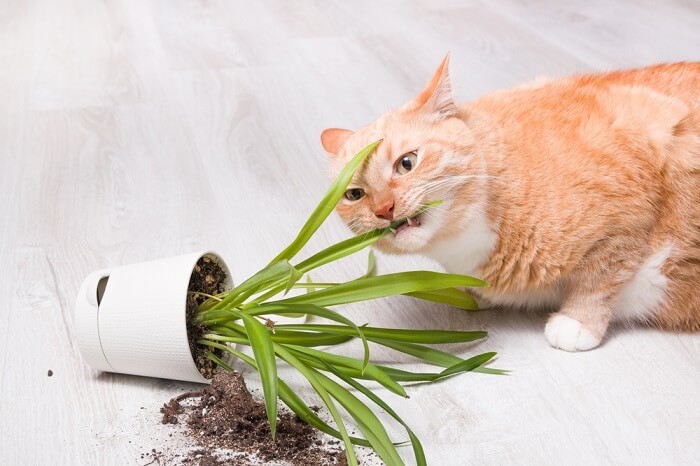
Pica In Cats Causes Symptoms Treatment All About Cats
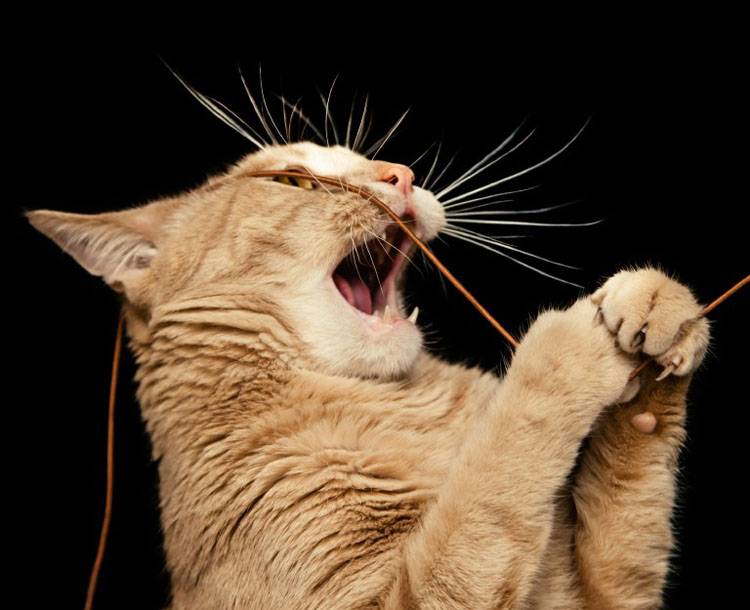
What Is Pica In Cats Animal Behavior College
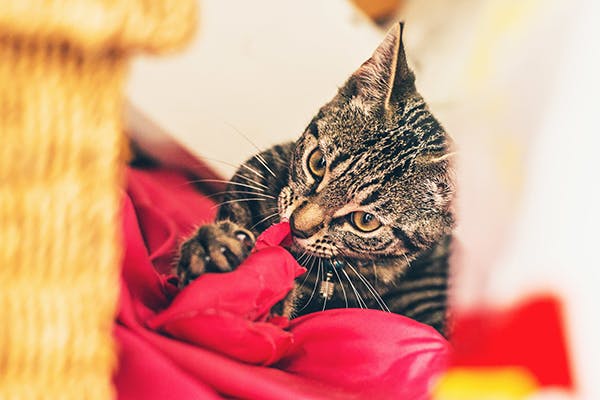
Pica In Cats Symptoms Causes Diagnosis Treatment Recovery Management Cost
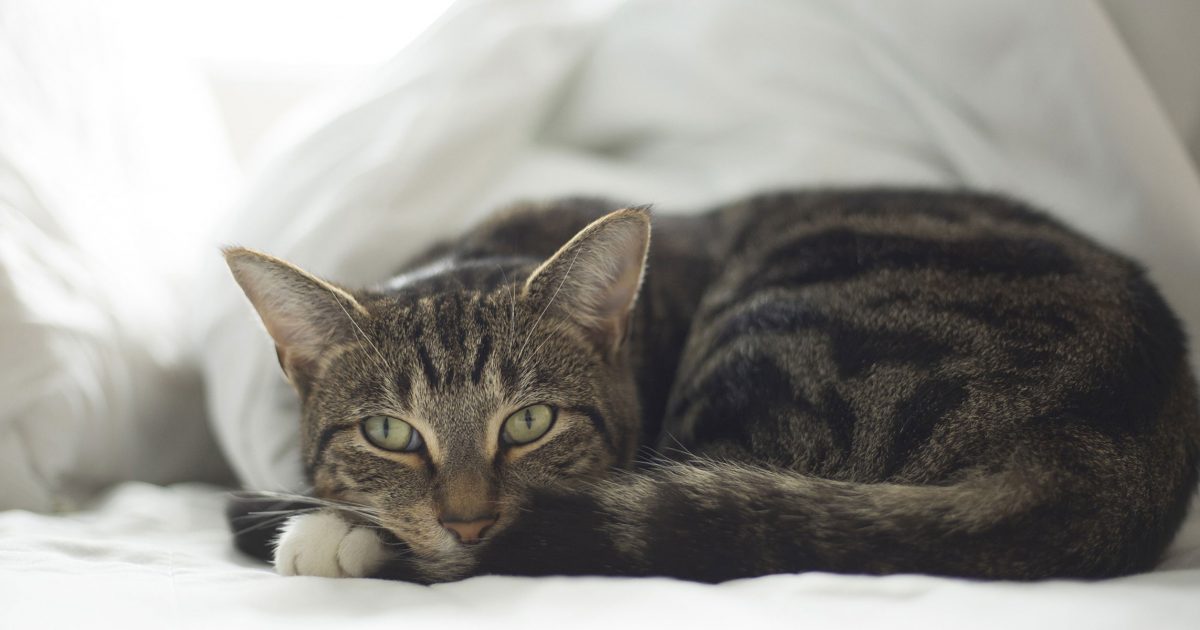
Keeping Cats Safe Pica International Cat Care
